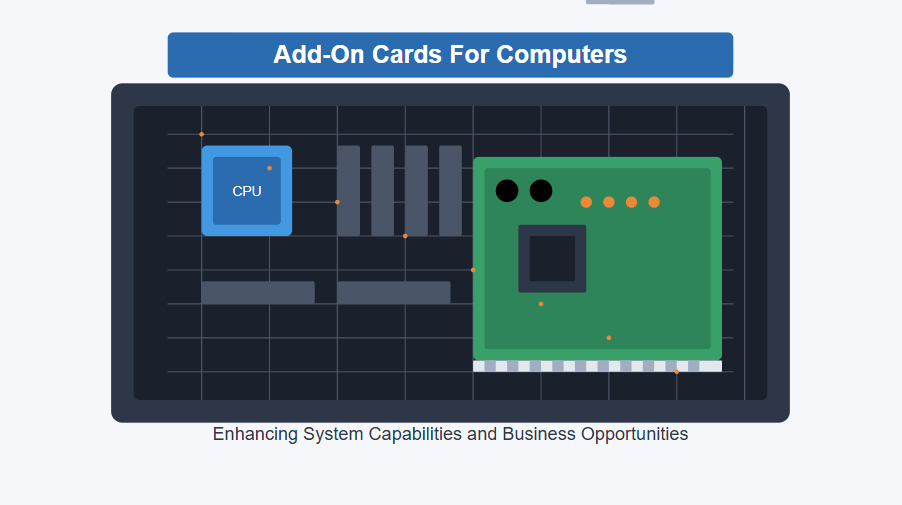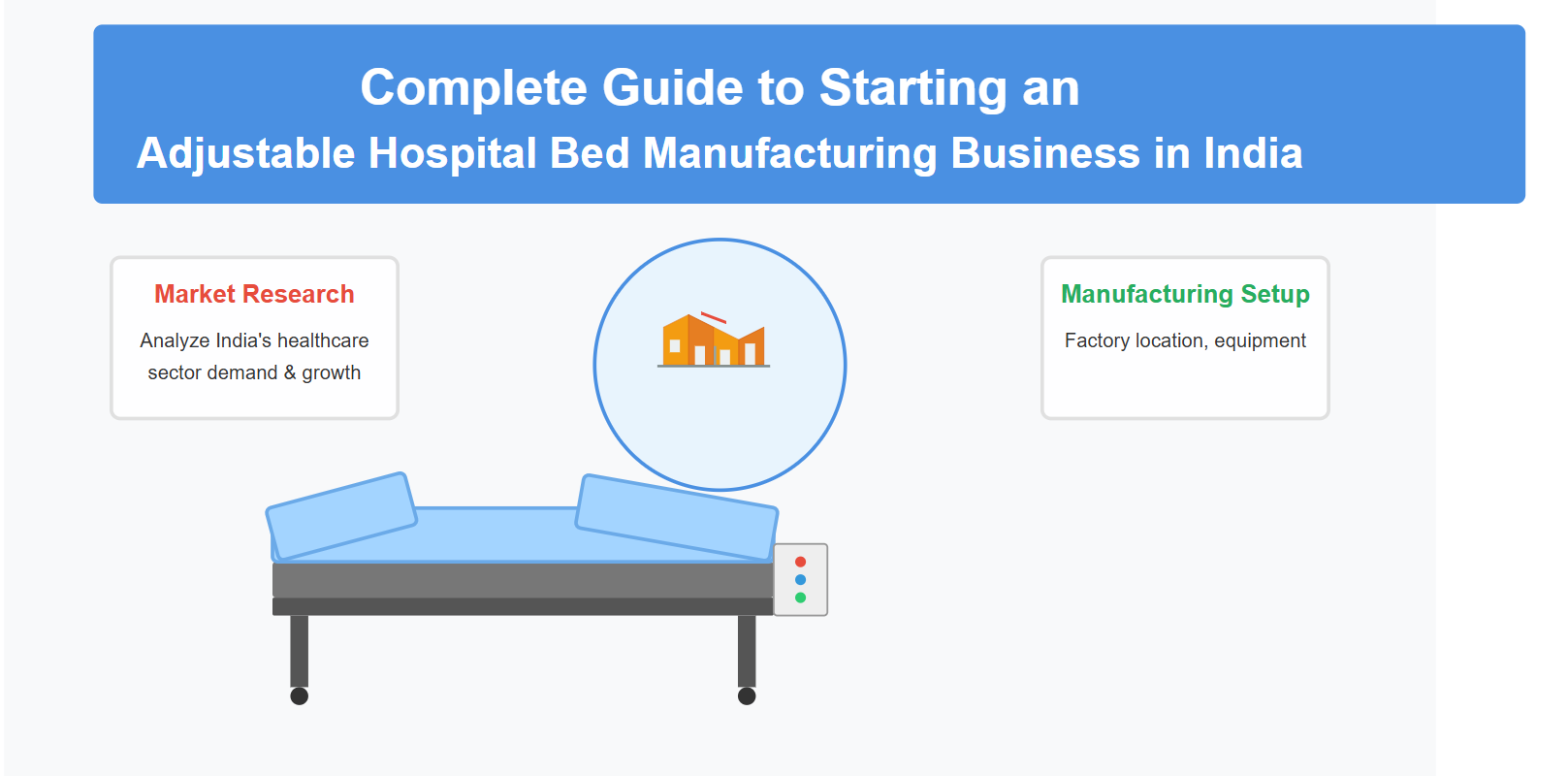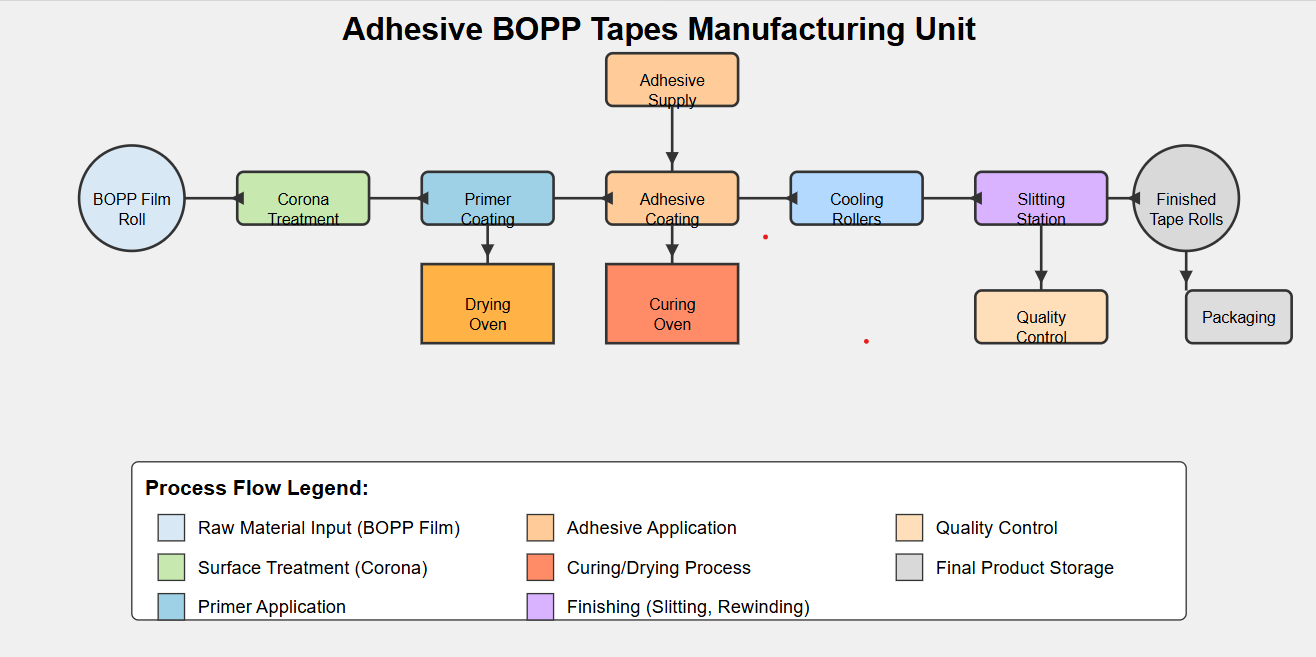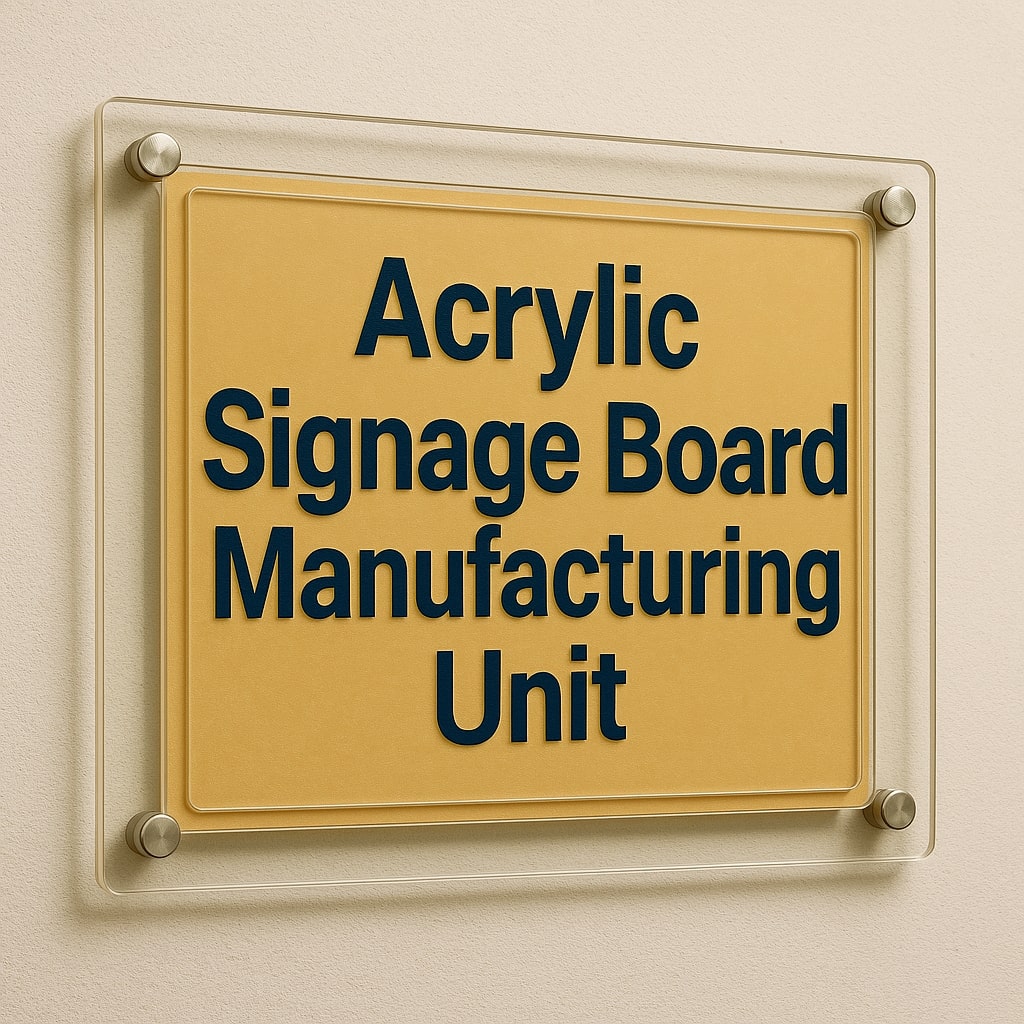Add-On Cards for Computers: Enhancing System Capabilities and Business Opportunities
In today’s rapidly evolving digital landscape, computer technology continues to advance at an unprecedented pace. One particularly versatile innovation that has been instrumental in extending hardware functionality is the add-on card. These peripheral components offer an accessible way to upgrade and customize existing systems without replacing entire units. Let’s explore what add-on cards are, their applications, and the business potential they represent for entrepreneurs considering this manufacturing opportunity.
What Are Add-On Cards?
Add-on cards (also known as expansion cards) are hardware components designed to be inserted into expansion slots on a computer’s motherboard. These cards enhance a computer’s functionality by adding new features or improving existing capabilities. Unlike the limited options available in the early 1970s, today’s market offers a diverse range of specialized add-on cards for various purposes.
Common Applications of Add-On Cards
Based on the information provided in the KVIC-REGP-Gramodyog Rojgar Yojana project report, add-on cards serve multiple sectors and functions:
- Data logging and process control
- Meteorology applications
- Energy management systems
- Product testing equipment
- Laboratory and medical instruments
- I/O (Input/Output) cards
- A/O or D/A conversion cards
- Real-time application cards
Additionally, specialized cards for telex and fax systems extend their utility by increasing memory capacity, processing speed, or ensuring compatibility with personal computers.
Business Potential: Project Analysis
The KVIC-REGP-Gramodyog Rojgar Yojana document outlines an interesting business opportunity in manufacturing add-on cards. Let’s examine the financial aspects of this venture:
Project Cost Breakdown
| Capital Expenditure | Amount (Rs.) |
|---|---|
| Land | Own |
| Work shed (350 sq. ft) | 350,000 |
| Equipment | 250,000 |
| Total Capital Expenditure | 600,000 |
Working Capital Requirements
| Item | Amount (Rs.) |
|---|---|
| Raw Material | 288,000 |
| Packing Material | 25,000 |
| Salaries (1 Manager) | 120,000 |
| Wages (2 Skilled & 2 Unskilled Workers) | 200,000 |
| Total Working Capital | 633,000 |
Projected Financial Performance
The project document provides a capacity utilization analysis showing the potential performance at different operational capacities:
| Particulars | 100% | 80% | 70% | 60% |
|---|---|---|---|---|
| Fixed Cost (Rs. ‘000) | 207.00 | 165.60 | 144.90 | 124.20 |
| Variable Cost (Rs. ‘000) | 899.00 | 719.20 | 629.30 | 539.40 |
| Cost of Production (Rs. ‘000) | 1106.00 | 884.80 | 774.20 | 663.60 |
| Projected Sales (Rs. ‘000) | 1350.00 | 1080.00 | 945.00 | 810.00 |
| Gross Surplus (Rs. ‘000) | 244.00 | 195.20 | 170.80 | 146.40 |
| Expected Net Surplus (Rs. ‘000) | 219.00 | 170.00 | 146.00 | 121.00 |
Market Opportunity and Growth Potential
The document highlights that the use and implementation of computers and digital communication technologies have increased dramatically compared to the early 1970s. This growth trajectory continues today, creating sustained demand for add-on cards across multiple sectors:
- Telecommunications industry – For network expansion and system upgrades
- Computer manufacturing – For customizable product offerings
- Medical and laboratory equipment – For specialized data collection and analysis
- Industrial automation – For process control and monitoring
Getting Started in Add-On Card Manufacturing
For entrepreneurs considering this business opportunity, here are some key considerations:
- Technical expertise – Strong background in electronics and computer hardware is essential
- Quality control – Implementing rigorous testing protocols to ensure reliability
- Market research – Identifying specific niches with strong demand and limited competition
- Supplier relationships – Establishing reliable sources for electronic components
- Regulatory compliance – Ensuring products meet industry standards and certifications
Conclusion
Add-on cards represent both a vital component in the computer hardware ecosystem and a viable business opportunity for entrepreneurs with technical expertise. As digital technology continues to evolve, the demand for specialized hardware solutions will likely grow, particularly in emerging fields like IoT (Internet of Things), AI processing, and specialized industrial applications.




Post Comment
You must be logged in to post a comment.